Stiehm’s Immune Deficiencies: Inborn Errors of Immunity 2nd Edition
Stiehm’s Immune Deficiencies: Inborn Errors of Immunity 2nd Edition
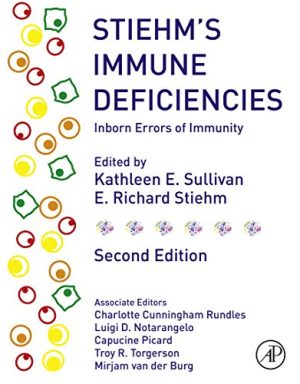
Stiehm’s Immune Deficiencies: Inborn Errors in Immunity, Second Edition, is ideal for physicians and other caregivers who specialize in immunology, allergies, infectious diseases and pulmonary medicine. It provides a validated source of information for care delivery to patients, covering approaches to diagnosis that use both new genetic information and emphasize screening strategies. Management has changed dramatically over the past five years, so approaches to infection and autoimmunity are emphasized in an effort to improve outcomes and disseminate new information on the uses of targeted therapy.
- Covers immune deficiencies that are presented in a practical way, providing helpful information for active clinicians
- Fills an increasingly deep gap in the information available to clinicians
- Presents both clinical management and scientific advances for immune deficiencies
- Provides a primary resource for physicians in the field of immunodeficiencies
- Includes website access to a range of videos relevant to the topics discussed









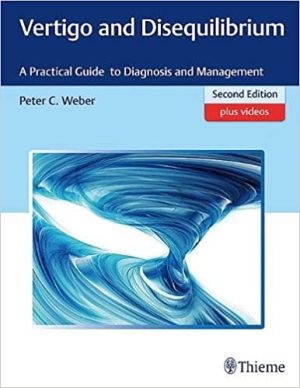
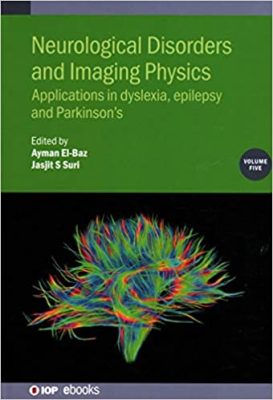
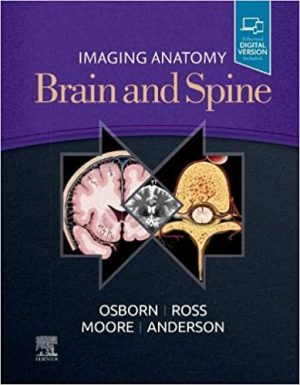


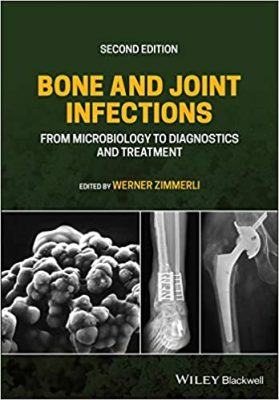
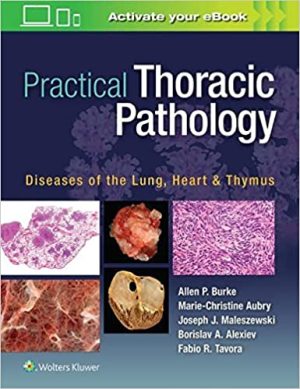
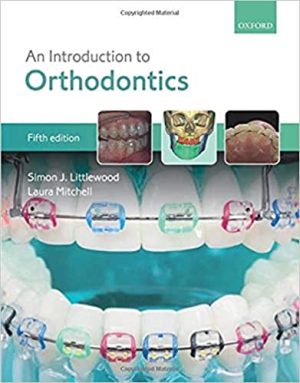
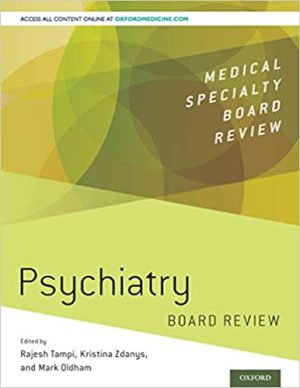 The field of psychiatry is evolving rapidly specifically in the areas of classification of many psychiatric disorders, psychopharmacology and psychotherapeutics. The new Diagnostic and Statistical Manual of Mental Disorders: DSM-5 which was introduced in 2013 forms the basis of the new classification system in psychiatry. The American Board of Psychiatry and Neurology is also in the process of phasing in DSM-5 criteria to the board examination, such that by 2017 the examination material will exclusively reflect the new manual. As psychiatric trainees and psychiatrists prepare for their certification and recertification examinations using the new classification system, a new board review textbook is imperative to address these changes in order to prepare them for the certification examinations as well as for their clinical practice. To help with this process we have compiled a list of 1000 questions and answers in psychiatry and neurology using the most current information
The field of psychiatry is evolving rapidly specifically in the areas of classification of many psychiatric disorders, psychopharmacology and psychotherapeutics. The new Diagnostic and Statistical Manual of Mental Disorders: DSM-5 which was introduced in 2013 forms the basis of the new classification system in psychiatry. The American Board of Psychiatry and Neurology is also in the process of phasing in DSM-5 criteria to the board examination, such that by 2017 the examination material will exclusively reflect the new manual. As psychiatric trainees and psychiatrists prepare for their certification and recertification examinations using the new classification system, a new board review textbook is imperative to address these changes in order to prepare them for the certification examinations as well as for their clinical practice. To help with this process we have compiled a list of 1000 questions and answers in psychiatry and neurology using the most current information